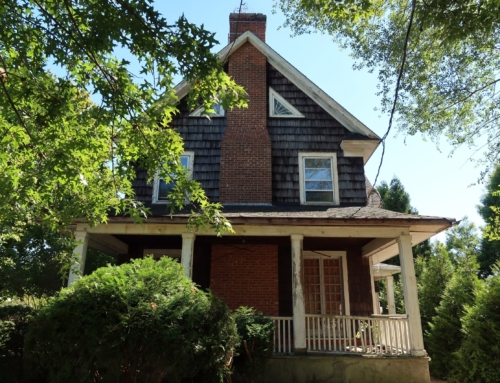
Q: We have a 7-year adjustable rate mortgage (ARM) that resets in July, 2011. I am (ever so gingerly) considering repayment options and a financial strategy that looks out beyond that time frame.
My question is this: When my ARM resets and the balance due on the mortgage is recalculated for the new period, will the loan recalculate on a regular 30-year repayment track, or will it be recalculated based on 23 years I have left to repay the loan. Or, is there some other recalculation that is done?
If the mortgage resets to a much higher level, which is likely, then the new rate will impact us less if we get another 30-year amortization schedule.
A: If loans were recalculated in the method you suggest, you’d never pay them off. Every time the loan resets, you’d have another 30 years in which to pay down the loan.
Adjustable rate mortgages are recalculated as follows on a 7 year adjustable rate mortgage: The balance that is due (which is presumably lower than the balance you started off with 7 years ago) at the end of the seventh year is recalculated for the new interest rate and amortized over the remaining 23 years of the loan. If the loan is a yearly adjustable loan thereafter, the following year, it will amortize whatever balance is on the loan over 22 years. The same process will occur each year as the adjustable rate mortgage loan is paid down and the amortization process continues.
Even if the interest rate adjusts up 2 percentage points (most ARMs can adjust upwards by a maximum of 2 percentage points per year, with a lifetime cap of 5 or 6 points), you should still be paying the same amount you are now, or even less, depending if you have prepaid the loan or not. You might be surprised to find out that your interest rate could actually go down depending on the terms of your adjustable rate mortgage.
You should look at your loan terms to determine first whether the increase in your interest rate is capped when your loan adjusts. Some loans have a 2 percent cap, but others have a 5 percent cap on the first year of readjustment.
Next, you should look and see what index your interest rate is tied to — the adjustable rate mortgage index. In some cases, the index is the one year Treasury Rate while in other cases it’s the one year LIBOR (London Inter-Bank Offered Rate). In either case, you should know that the one year rate for either of those two indices is around one percent as of this writing.
If your loan adjusted today, your loan would not be one percent, but would be tied to either index plus a margin. That margin is spelled out in your loan documents. If your margin is 3 percent, your new interest rate would adjust from where it is now to 4 percent.
If 4 percent is less than what you pay now, you would find out that your monthly mortgage payment should go down considerably.
As far as options go, you could refinance to a 5/1 adjustable rate mortgage now, which would be tied to Treasuries or LIBOR — the adjustable rate mortgage index. And the Federal Reserve has indicated that it will hold the Federal Funds rate where it is for awhile, so its possible interest rates will stay low and we will avoid hyperinflation for some time.
You might do better by keeping the loan you have. But it you need the peace of mind, you might want to refinance to a 30 year loan, particularly if you believe you will live in the home for the next 10, 20 or even 30 years.






Leave A Comment